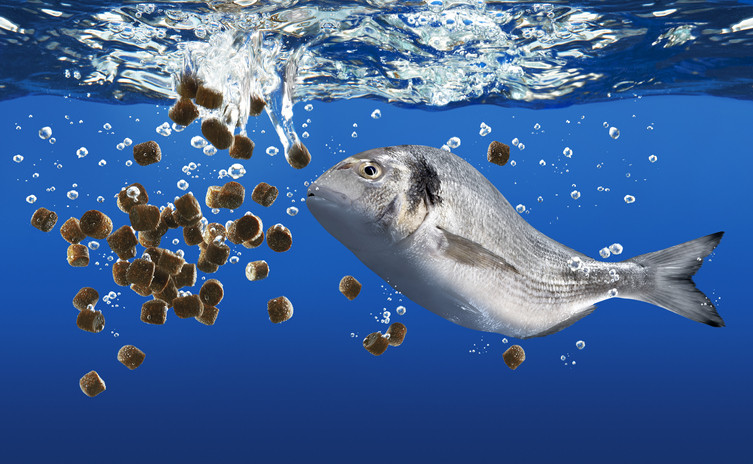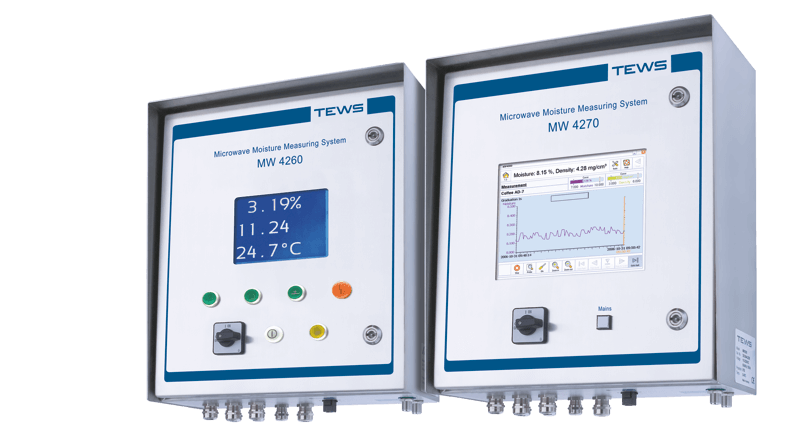Measuring moisture and density in fish food
When fish food is introduced into water, it should act in accordance with the fish's feeding behaviour; staying afloat or sinking. These properties largely depend on the density of the fish food, which in turn determines the type of fish food:
- Feed that floats on the water surface
- Feed that sinks slowly
- Feed that sinks and is water-resistant
- Feed that sinks and is extremely water-resistant
The density of fish flakes, pellets or chips is an important aspect of product quality. So is the moisture content in the feed. Both too high and too low moisture content causes loss of quality and can make further processing of the fish feed difficult or even impossible. An ideal moisture content leads to a longer shelf life and prevents rotting.



